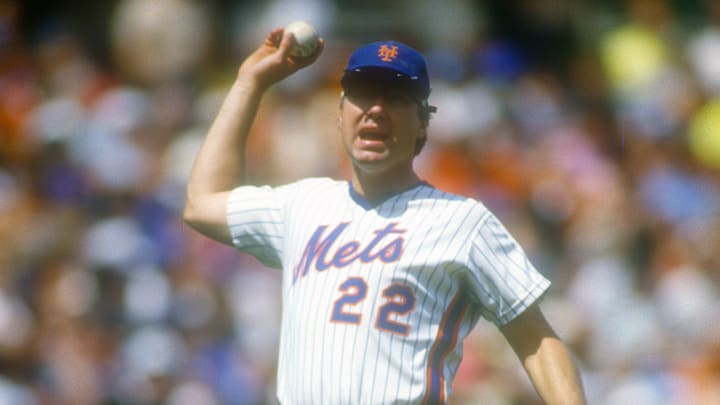Discovering patterns is a large part of being human. It’s how we learn about the world around us. Touch something hot, it hurts. Eat something delicious, you feel guilty after. The New York Mets have only won two World Series and yet there are three strange coincidences that are impossible to deny.
1) NY Mets World Series coincidence: Both MVPs wore 22
If you love numbers, the fact that both Mets World Series MVPs wore the same number is something to raise an eyebrow at. What are the odds? Mathematically, it’s less than 1 out of 100 because not every number is taken. Nevertheless, it’s strange for the number 22 to have such significance in Mets history from a pair of players who weren’t even the best ones on the roster.
Donn Clendenon got it started in 1969 when he came over to the Mets midseason. With number 22 on his back, he helped the Mets overtake the World Series-favorite Baltimore Orioles.
When we got to 1986, it was another trade addition who managed to win the honor with the same repeating digit on his back. This time it was Ray Knight. While he wasn’t acquired in the same year when he won the World Series MVP, it adds another layer to this strange coincidence.
At the start of every Mets season it’s important to know who has number 22 on their back. That’s the player that has the best chance at winning the World Series MVP, but only if the team actually comes away victorious.
Hank Webb wore it in 1973 and in 2000, Al Leiter had the number 22 on his back. The number belonged to Kevin Plawecki in 2015 and it’s Brett Baty who has worn it most recently.
